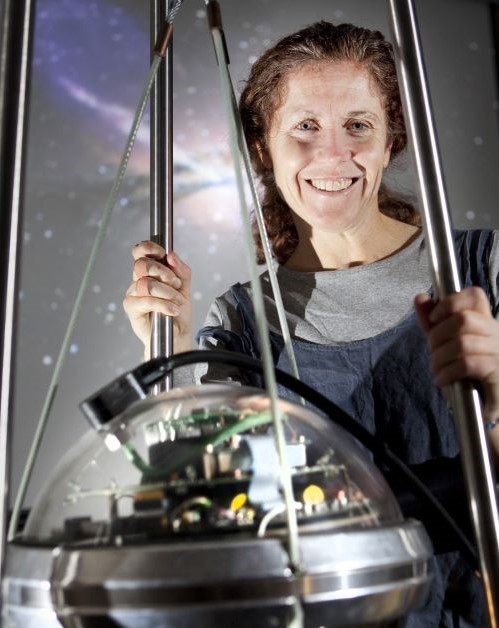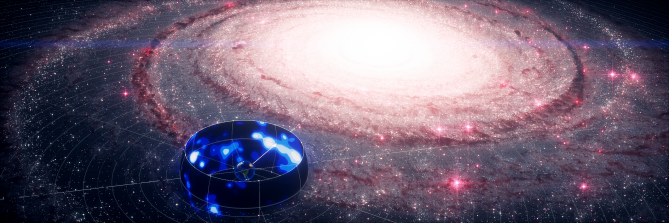In a galaxy far, far away: Where do high-energy cosmic ray particles come from?

Cosmic ray particles can reach higher speeds and carry more energy than nearly anything in the known universe. But where and how are they generated? Professor Jenni Adams FRSNZ from Te Whare Wānanga o Waitaha the University of Canterbury will use state-of-the-art detection methods to trace their convoluted paths through the galaxy and identify the objects that produce them
Published on 7 Whiringa-ā-rangi November 2024
High-energy, sub-atomic cosmic ray particles are constantly travelling through our galaxy, largely unnoticed except when they interfere with our electronics. Where and how these particles are generated have been considered “holy grail” questions in physics since cosmic rays were first discovered in 1912. Supernovae are one promising explanation, but confirming this has been extremely challenging. The trajectories of cosmic ray particles through the Milky Way are deflected by its magnetic field, making it all but impossible to trace their journeys back to the source.
Dr Adams and her team have received a Marsden Fund Standard award to identify galactic objects that can generate cosmic rays by acting as powerful particle accelerators. Their trick is to study not the particles themselves, but their ‘messengers’ - gamma-rays and neutrino particles that are created when cosmic rays smash into interstellar gas clouds. The team has access to the world’s largest neutrino detector, IceCube, which consists of thousands of sensor arrays buried under the Antarctic ice. Only last year, an international team including Dr Adams proved that IceCube is now sensitive enough to detect neutrinos produced by collisions between cosmic rays and interstellar gas clouds. In this project, the team will identify gas clouds close to potential cosmic ray sources, and then use observations of cosmic ray ‘messengers’ to model the trajectories of cosmic rays through these clouds.
By bringing together unique expertise and leveraging access to international collaborations and state-of-the-art facilities, this team may finally be able to answer some of the most pressing questions in fundamental astrophysics.

Detected neutrino signal (blue sky map) in front of an artist’s impression of the Milky Way (photo supplied)
